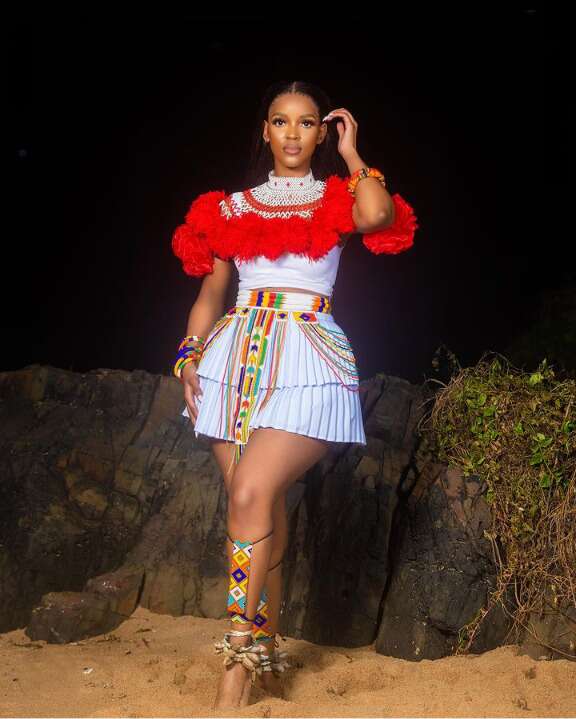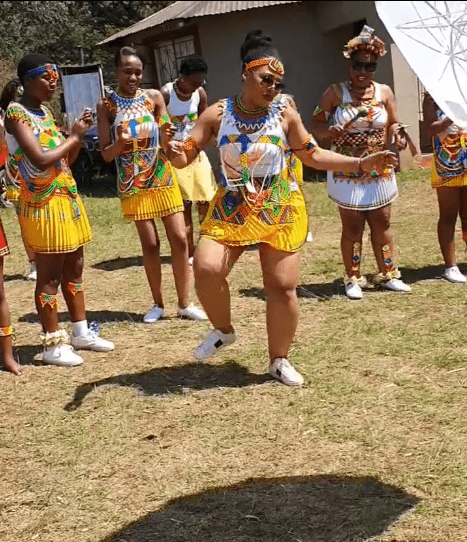Although Egypt generally follows a bride price system, both the bride’s and groom’s sides contributet o the overall cost of marriage following pre-defined traditions. The ideal held through these expenditures at the time of marriage, is that the newlywed couple should be established with a fully-equipped joint residence.
Typically, the groom’s side is primarily responsiblef or securing housing for the couple, and fully responsible for providing jewelry gifts to the bridea nd paying mahr, the Islamic bride price. The bride and groom’s sides usually divide the cost of furnishings, electronics, kitchenware and other household goods for the new couple’s residence, asw ell as the cost of marriage celebrations.
Egypt is thus a dual dowry and dower system. While there is a standard understanding of which parts of these household and celebration costs should be covered by the bride or groom’s side, negotiations over the amounts and division of the costs of marriage are often protracted, involving the couple and both of their families.
It is believed that both the bride and groom’s family have to make a marriage contract, it traditionally includes the “mahr” and “shabka”.
The “mahr” is a dowry that a groom-to-be gives to a bride’s family. She uses this money to buy the furniture needed in her new home. The groom-to-be traditionally buys all the electronic devices necessary for the couple’s future life.The “shabka” includes various jewellery a groom-to-be gives to a bride-to-be.
In Egypt Muslims make about 90% of total population. They hold a wedding ceremony called “katb el katb”. It is performed by the Maa’zoun in the local mosque. The ceremony can be held in the family house too.
At the end of the ceremony the bride’s father puts the bride and groom’s hands together, a white cloth is put over them and repeat the words said by the Maa’zoun.
In Egypt, it is known that not all marriages turn out to be a happy one, so a divorce contract is also made with a list of every item the bride buys with the money received from the groom.
In Egypt, women have a henna party for the bride and her female cousins and friends a day or two before the wedding ceremony. The bride wears a red shawl and cap or crown, and is carried in a canopy to a local bathhouse where a henna tattoo is used to beautify the bride’s hands and feet.
According to a local tradition women are allowed to pinch the bride on the wedding day, this is done for good luck. Green wheat is also thrown at her, which symbolizes fertility.
Coptic Wedding
In Egypt, the Coptic Christians make up about 9% of the population, so they cannot be ignored when talking about marriage rites.
A Coptic wedding ceremony lasts for about 45 minutes, just like it is in other Christian churches.
During the ceremony the couple wear crowns and special capes which are blessed before they putting them on. The crowning has been part of the Coptic century since the 4th century. Also the bride and groom have to remove all of their body hairs before the wedding.
On the wedding day, rings are exchanged, the priest puts some holy oil on the forehead of both bride and groom which is said should give them spiritual protection.
Close to the end of the ceremony the priest admonishes the bride to be obedient to her husband, and that by doing so the couple will have children.
According a tradition the Coptic marriage, couples spend the first three days of their marriage praying and fasting, there is no sex too.
At about 10pm the wedding procession or “zaffa” is formed. This is the beginning of the wedding reception which is usually held in a local hotel, the groom waits for his bride who arrives with her father.
On arrival, the groom removes the bride’s veil and kisses her cheek or forehead. And like in other parts of North Africa and Middle East it is common for women to express their joy by “ululation” (“zaghareet”), were a woman creates a special sound by moving her tongue from side to side.
There is lots of music by a band performing with traditional music instruments like a drum known as “tabla,” they perform for up to an hour and the people are also entertained by belly dancers.
What follows is the “kosha”. The newlyweds welcome the guests, photographs are taken, after which the bride and groom have the first dance and are joined by other guests.
A traditional sweet drink called “sharbat” is drank. It is prepared from various fruits and herbs and is known as a health drink. The couple cuts the wedding cake, the bride and groom feed each other, and the party goes on till the early morning hours.










